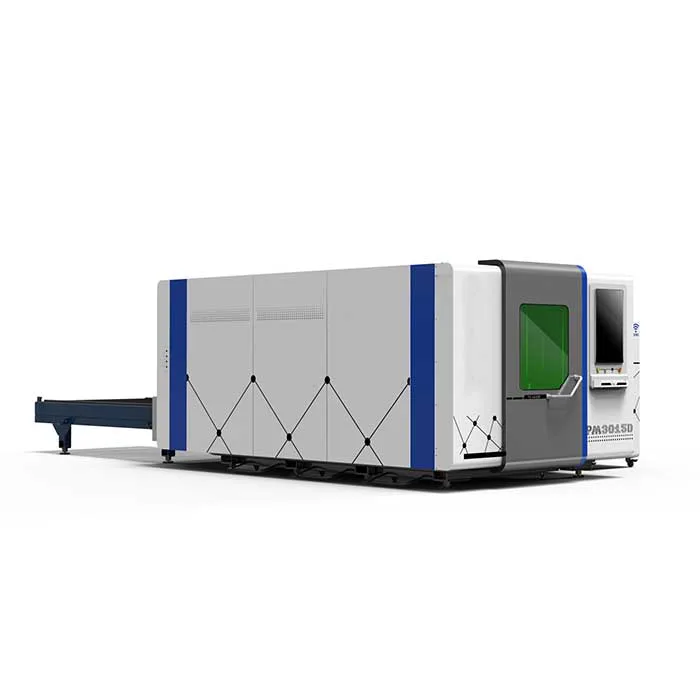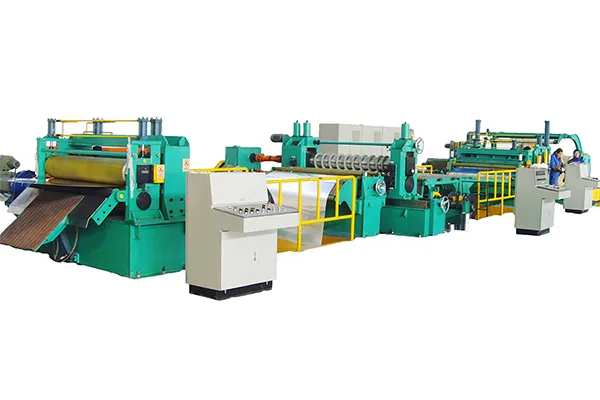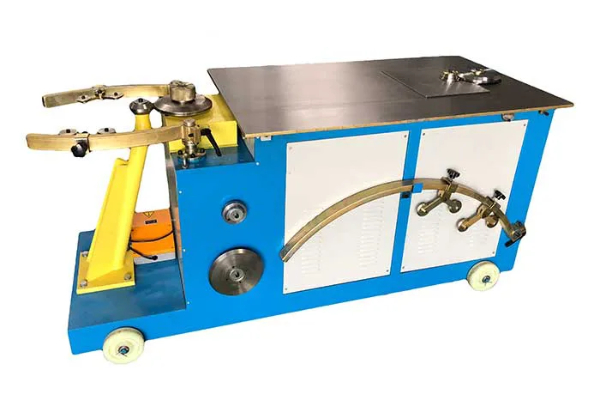
Integrating Technology with Your Sheet Metal Bending Machine for Better Performance
- By:Metmac
- 2024-08-01
- 141
In the modern manufacturing landscape, where efficiency and precision reign supreme, integrating technology into your sheet metal bending machine is crucial to elevate performance and achieve optimal results. By embracing technological advancements, manufacturers can unlock a myriad of benefits that enhance productivity, minimize costs, and deliver unparalleled quality.
Automated Programming and Setup
Integrating advanced software with your bending machine enables automated programming and setup, streamlining the production process. Digital modeling capabilities allow for precise design and real-time visualization, eliminating manual calculations and minimizing errors. Automatic tool selection and parameter adjustments further expedite the setup phase, reducing downtime and increasing efficiency.
Real-Time Monitoring and Control
Advanced sensors and monitoring systems provide real-time insights into the bending process. Manufacturers can monitor machine parameters, such as pressure, speed, and temperature, to ensure optimal operation and prevent costly breakdowns. Feedback loops automatically adjust settings based on real-time data, maintaining consistent quality and minimizing waste.
Remote Connectivity and Diagnostics
With the integration of IoT technology, bending machines can be remotely connected and monitored. This allows manufacturers to access machine data from anywhere, perform diagnostics, and receive notifications of potential issues. Remote troubleshooting and maintenance reduce downtime and increase the machine’s uptime, maximizing production capacity.
Artificial Intelligence and Machine Learning
Artificial intelligence (AI) and machine learning (ML) algorithms can enhance the performance of bending machines by optimizing process parameters and predicting maintenance needs. AI-driven systems analyze historical data to identify patterns and anomalies, enabling precise adjustments for improved accuracy and efficiency. ML algorithms can also predict component wear and tear, facilitating proactive maintenance and minimizing unexpected breakdowns.
Predictive Maintenance and Condition Monitoring
Integrating predictive maintenance and condition monitoring systems extends the lifespan of bending machines and ensures their optimal performance. Sensors monitor machine vibrations, temperatures, and other indicators to identify potential issues before they escalate into costly failures. By predicting maintenance needs, manufacturers can schedule preventive maintenance, reduce downtime, and optimize machine performance over the long term.
Conclusion
Integrating technology with sheet metal bending machines is an essential step towards unlocking the transformative benefits of Industry 4.0. By leveraging automated programming, real-time monitoring, remote connectivity, AI, and predictive maintenance, manufacturers can streamline production, enhance quality, minimize costs, and gain a competitive edge in the demanding landscape of modern manufacturing. Embracing technology is not just an option but a strategic imperative for businesses seeking to thrive in the digital era.
-
Mastering Form and Force: A Guide to Modern Metal Plate Bending Machines
2025/12/16 -
Demystifying Sheet Metal Laser Cutting Machine Price: The METMAC Value Perspective
2025/12/16 -
Metal Sheet Machinery: The Engine of Modern Fabrication and the METMAC Advantage
2025/12/16 -
Beyond the Bend: The Power and Precision of the Modern Sheet Profile Machine
2025/12/16
-
Advanced Sheet Metal Rolling, Laser Cutting, and Folding Machines for Precision Fabrication
2025/10/31 -
High-Performance Sheet Metal Bending and Cutting Machines for Modern Fabrication
2025/10/31 -
High-Quality Sheet Metal Equipment for Sale: Efficient Solutions for Modern Manufacturing
2025/10/31 -
High-Performance Sheet Metal Equipment for Sale: Forming and Shearing Solutions for Modern Fabrication
2025/10/22
-
Latest Technological Advancements in Rectangular Duct Machines
2024/05/11 -
Integrating Automation with Rectangular Duct Machines for Enhanced Productivity
2024/05/11 -
Metal Shear Machines- Essential Tools for Precision Metal Cutting
2024/05/11 -
Understanding the Role and Function of Steel Strip Slitting Machines
2024/05/11
-
A Guide to the Latest Innovations in Sheet Metal Folding Machines
2024/11/29 -
Key Features to Consider When Investing in a Sheet Metal Folding Machine
2024/11/28 -
Enhancing Precision with Advanced Sheet Metal Folding Machines
2024/11/27 -
How to Choose the Right Sheet Metal Folding Machine for Your Workshop
2024/11/26







